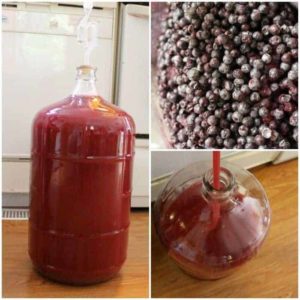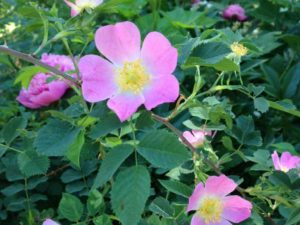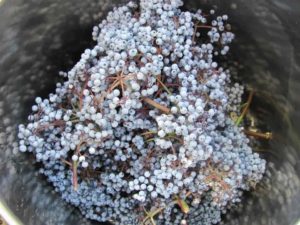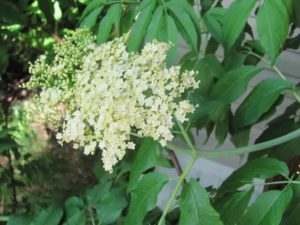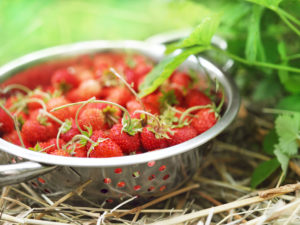We live in a mountain valley in the Canadian mountains of B.C and we’re blessed with many wild-crafting opportunities. From wild berries, herbs, flowers, and plants, wild spaces offer nourishing foods. Foraging for wild edible plants has become our way of connecting deeper to our local wild spaces.
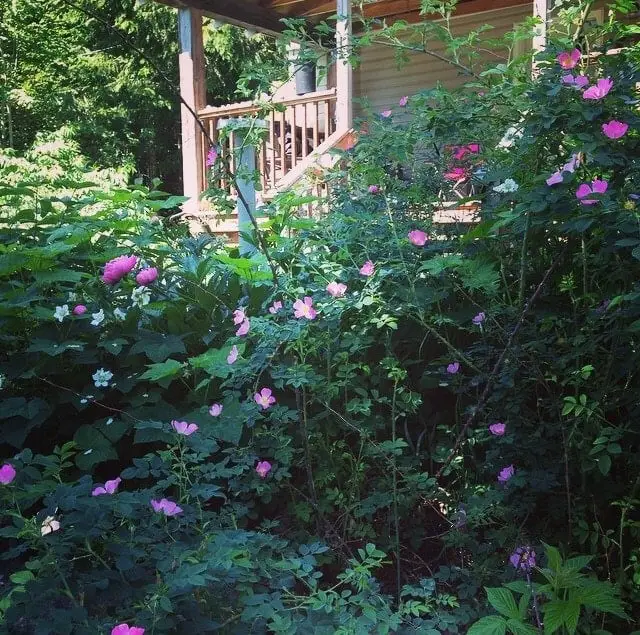
Wild roses can be made into many home and body care products.
Elderberries cane be made into a healing syrup or elderberry wine, and elderflowers are edible flowers.
Wild plantain has many healing properties that we love wildcrafting into a salve.
Identifying Wild Edible Plants
I love the online herbalism courses that the herbal academy of New England offers. I’m pleased today to share the new Botany and Wild-Crafting course which will help you explore the visual characteristics of plant parts and learn how to use dichotomous keys for plant identification.
This course will help you identify 25 wild edibles and herbs to get you started, and by the end of class you will be well on your way to confidently identifying wild edible plants anywhere around the world.
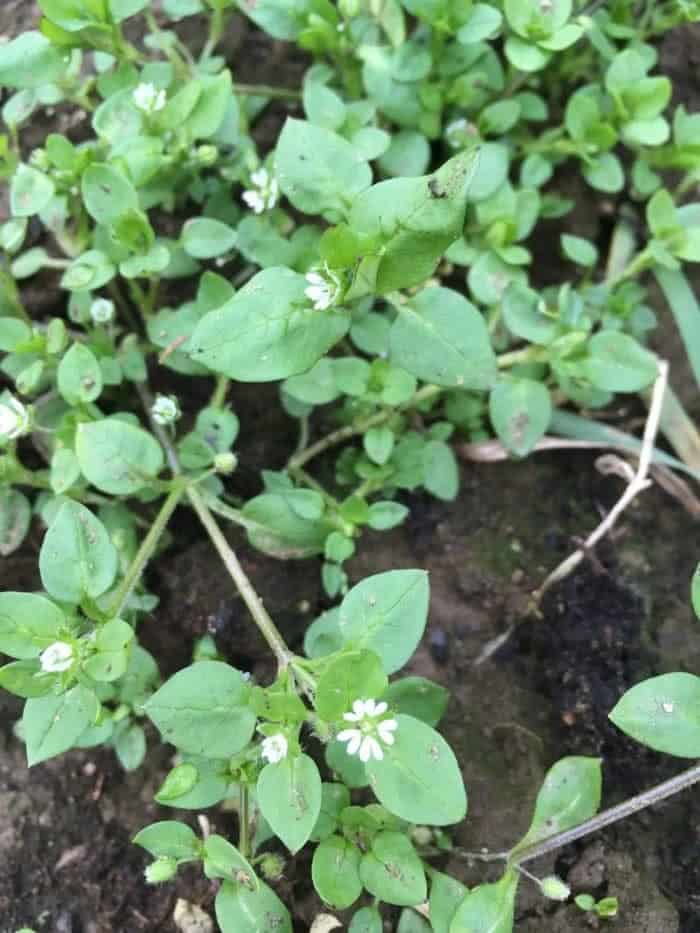
Completing the Online Field Guide to Edible Wild Plants
After completion of the online edible wild plants and herbs guide, you will be able to:
- Name all the parts of a plant, including the parts that make up flowers, leaves, fruits, and stems.
- Identify new plants anywhere in the world using a dichotomous key.
- Understand how to decipher plant part differences such as leaves, flowers, and fruits of separate plant species.
- Decode patterns in nature and gain insight into plant relationships and herbal and edible use by understanding these patterns.
- Sense of the vast number of relationships that exist between plants and other organisms that are required for pollination, seed dispersal, and survival.
- Understand how and when to use a plant’s binomial name and discover why a plant might have more than one name.
- Dry plants in a way that maintains their vitality, aroma, color, and flavor.
- Create your very own herbarium of pressed plant specimens.
- Get to know plants on a deeper level through keying, drawing, coloring, and organoleptic identification.
Botanical Illustrations for Edible Plants in the Wild
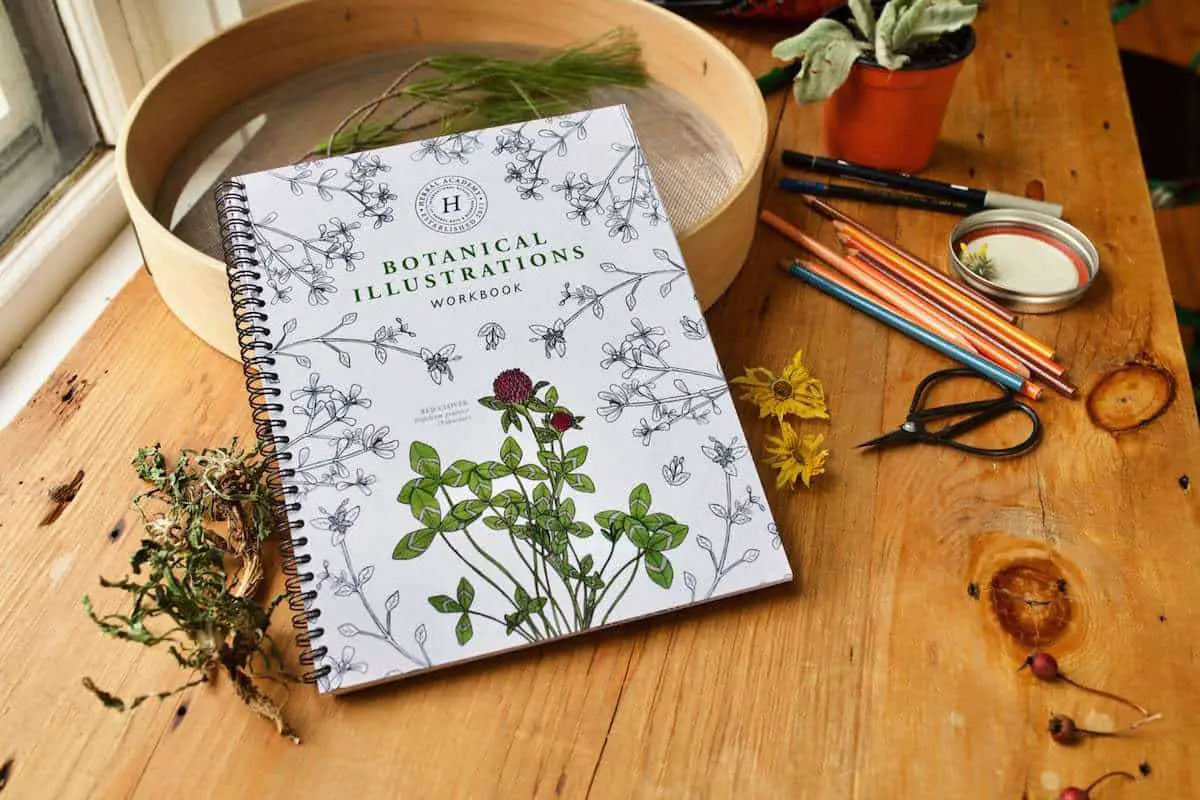
You can get the Botanical Illustrations Workbook, including 25 botanically accurate illustrations ready for your coloring skills. This book has summary monographs from class to complete your learning experience. It also has blank pages for additional sketches and note-taking! The plants featured in this workbook are also spotlighted in the Botany & Wildcrafting Course lesson
- UNIT 1: INTRODUCTION TO PLANT BIOLOGY AND ECOLOGY
Introduction to the Course; Plants as Living Beings; Understanding Ecological Relationships; Bioregional Herbalism
- UNIT 2: PLANT IDENTIFICATION SKILLS
Plant Morphology and Taxonomy; Botanical Features and Using a Dichotomous Key; Learning Patterns of the Plant Kingdom; Learning Plants through Drawing; Creating your own Herbarium
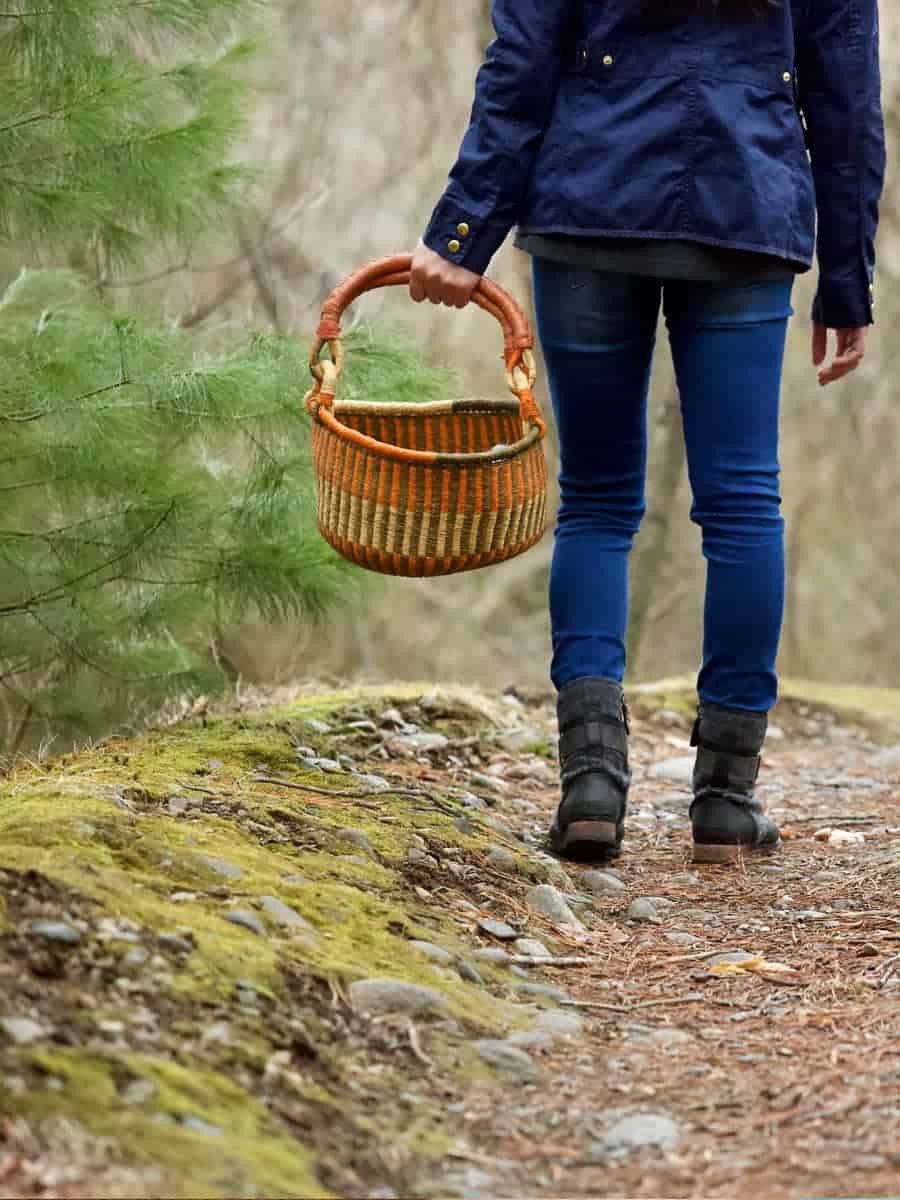
- UNIT 3: WILDCRAFTING ETHICS AND TECHNIQUES
Wildcrafting and Harvesting; At-Risk Plant Species; Common Wild Herbs and Edibles; Drying Herbs.

